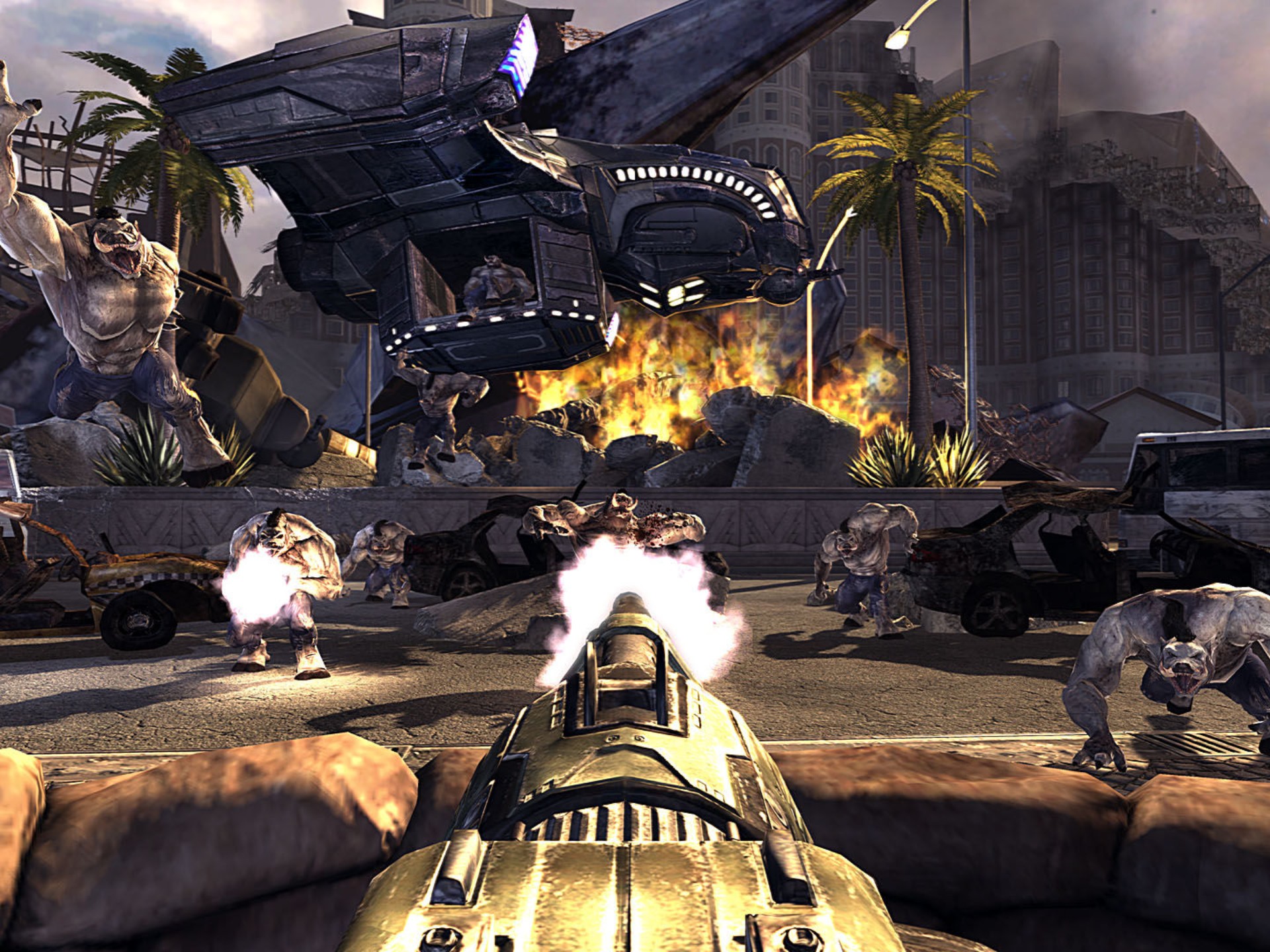Title: Theater Simulator VR: The 'Perform Missions' Update Transforms Virtual Stages into Dynamic Playgrounds
The virtual reality landscape is constantly evolving, pushing the boundaries of how we interact with digital worlds. While many VR experiences focus on action-packed adventures or serene meditative spaces, Theater Simulator VR carved out a unique niche by celebrating the art of stagecraft itself. Initially a detailed sandbox for building sets, programming lighting cues, and directing virtual actors, it was a love letter to the behind-the-scenes magic of live theater. However, with its groundbreaking 'Perform Missions' update, the experience has undergone a profound metamorphosis. It no longer just simulates the preparation; it now fully embodies the adrenaline, unpredictability, and triumphant glory of the performance night itself.

This major content infusion shifts the game’s paradigm from a purely creative sandbox to a thrilling hybrid of simulation, strategy, and narrative adventure. The core premise is ingenious in its simplicity: you are no longer just a director or stage manager; you are the "Crisis Mitigation Operative," a specialist hired by a mysterious theatrical guild to save productions on the brink of disaster.
The Stage is Set for Chaos
Upon loading the new update, players are greeted with a new terminal interface within their virtual office. Here, missions are dispatched from frantic directors and panicked producers from theaters across the globe. Each mission is a unique narrative capsule. One moment, you’re overseeing a lavish production of A Midsummer Night’s Dream in London’s West End where the primary mechanical forest set piece is jammed. The next, you’re in a small avant-garde New York studio theater where an actor has missed their cue, a prop is missing, and the lighting board is about to overheat.
The missions are brilliantly designed with escalating stakes. They often begin with a single, manageable issue. A single spotlight might flicker. But as you work to resolve it—using your virtual multitool to recalibrate the fixture—another problem erupts elsewhere. An actor’s microphone cuts out. A stagehand NPC signals that a critical costume change is behind schedule. The game’s UI becomes your lifeline, with alerts popping up on a virtual wristwatch, audio cues of panicked whispers in your headset, and a stage monitor view showing you exactly what the audience sees.
Tools of the Trade and Split-Second Decisions
The update introduces a new array of interactive tools, moving beyond the creative tools of the base game. Your virtual hands can now grab a sound mixer to fade channels in and out, physically plug and unplug cables at a dimmer rack, or even sprint (via smooth locomotion or teleport) backstage to manually push a stuck piece of scenery.
The true genius of "Perform Missions" lies in its demand for multitasking and prioritization. You are literally juggling problems. Do you focus on fixing the crackling audio, which is ruining a key monologue, or do you prioritize helping a flustered stagehand find the misplaced prop sword for the climactic duel? There is no pause button. The show, as they say, must go on, and the real-time clock is your relentless antagonist. Your performance is graded on response time, problem resolution, and overall show continuity, adding a compelling layer of replayability as you strive for a perfect five-star rating.
The Unscripted Drama
What makes these missions truly captivating is the emergence of unscripted, organic moments of drama. In one memorable mission, tasked with ensuring a smooth opera performance, I had to physically hold a heavy backdrop in place that had come untethered while simultaneously using my other controller to access the lighting menu and blackout the stage for a necessary scene change. In another, the solution wasn’t in the manual; it involved improvising—using a spare costume piece to replace a lost one and hoping the audience would chalk it up to artistic choice.
These emergent stories are the heart of the update. You’re not just completing tasks; you’re writing your own behind-the-curtain legend of catastrophe narrowly averted. The sense of presence is unparalleled. The muffled sounds of the performance happening just feet away, the anxious faces of the virtual crew looking to you for guidance, and the palpable relief when the curtain falls successfully—it’s an emotional rollercoaster unique to VR.
A Deeper Appreciation for the Art
Paradoxically, this update centered on chaos fosters a deeper appreciation for the order and precision of real theater. By simulating everything that can go wrong, it highlights the immense skill and preparation required to make a production seem effortless. After a tense mission, players will likely gain a newfound respect for stage managers, technicians, and crew members, the unsung heroes who truly run the show.
The 'Perform Missions' update is more than just a new feature set; it’s a masterclass in game design that leverages VR’s strengths—immersion, physical interaction, and spatial awareness—to create an entirely new genre of experience. It successfully transforms Theater Simulator VR from a fascinating digital diorama into a living, breathing, and thrilling theatrical universe. It’s no longer just about creating the magic; it’s about being the hero who fights to protect it. For anyone who has ever been fascinated by the world behind the curtain, this update is an unmissable command performance.
















